Wild Hearts in Small Hands – How Toys Can Foster Animal Conservation Values in Children
- therainyhour
- Jul 8
- 4 min read
Updated: Jul 9
By: Eduardo Garcia Rodriguez

Biodiversity loss, climate change, deforestation, pollution, and resource depletion. We're in the middle of an ecological crisis. So nurturing a child’s empathy for animals and nature is more urgent than ever. While educational reform and outdoor experiences are essential, an overlooked yet potent tool lies in the very objects children cherish most: their toys.
When you think of the building blocks of environmental awareness, you might imagine tree-planting, nature documentaries, or maybe a school trip to a wildlife reserve. But for many kids, the first connection to nature happens somewhere far more mundane: on the carpet, surrounded by toys.
Yes, toys.
Whether it’s a scruffy stuffed panda, a squeaky rubber frog, or a plastic safari set, these objects quietly shape how children think about animals—sometimes for life.
Mounting research shows that toys—especially those with animal themes—can powerfully shape how children think about animals and their role in the natural world. These early interactions can sow the seeds of lifelong conservation-minded values.
The Psychology of Play: How Toys Shape Young Minds
Children don’t start off seeing animals as “wildlife,” “pets,” or “species at risk.” They see companions.
A toy animal becomes more than a figurine. It breathes. It talks. It gets tucked into bed. And through this, something important happens: children start imagining that animals have feelings, needs, and stories.
Developmental psychologist Gail Melson has spent years studying how kids engage with animals—real or imagined—and she found that this kind of play builds empathy, moral reasoning, and responsibility. In fact, some studies show that children with strong bonds to pets or animal-themed toys often show more kindness—not just to animals, but to people too. [1]
Even toddlers exhibit "naïve biology", intuitively grasping that animals have internal states and needs—especially when those animals are given personalities. Toys reinforce this understanding when paired with storytelling or role play. [2]
When children play with animal toys, they often assign them personalities, emotions, and relationships. This imaginative play isn’t trivial—it’s how children begin to conceptualize animals as sentient beings worthy of care.
It’s Not Just Cute—It’s Culture
Sociologically speaking, toys are more than entertainment. They’re tools of socialisation. Just as dolls might teach us about family roles or vehicles about grown-up jobs, animal toys can plant ideas about coexistence, respect, and conservation.
After all, play is not just pastime—it’s how children make sense of the world.
From a sociological perspective, toys serve as tools of cultural transmission. Animal-themed toys—especially those that represent endangered species or mimic wildlife habitats—can introduce conservation messages organically into play.
Some researchers call this the development of an “environmental identity”—where concern for animals and ecosystems becomes part of a child’s self-concept. [3]
Even very young children show a preference for lifelike animal toys over inanimate objects. That instinct can be guided toward environmental consciousness. [4]
So, the toy rhino that gets lovingly fed invisible snacks? It might just be sowing the seeds of future activism.
Animal Conservation and Toy Design: A Missed Opportunity?
Despite the promising psychological and sociological data, most commercial toys still promote domestic animals or exaggerated, cartoonish figures. While these have merit, conservation experts like advocate for more nuanced toys—those that include information about real species, habitats, and threats. Toys that show animals within ecological contexts (e.g., an Arctic fox on melting ice) can prompt questions and discussions around climate and habitat loss. [5]
Importantly, studies show that a child’s attachment to a pet predicts empathy and social adjustment. If these bonds can be fostered through toys that simulate real animal experiences, such toys could act as emotional bridges between children and conservation values.
Entire species are vanishing before today’s toddlers even learn their names. But what if, instead of shielding kids from the harshness of extinction, we equipped them to care?
Here’s where toy companies, parents, and educators can get creative. Imagine a line of toys featuring endangered species, packaged with stories of their habitats. Or puzzles that build ecosystems. Or a game where you rescue sea creatures from pollution. It doesn't need to be preachy. Just playful.
And this isn’t abstract. Researchers have shown that early exposure to animals—especially through meaningful, imaginative play—can create lasting concern for nature. And when you nurture that concern in a child, you don’t just raise an animal lover. You raise someone who might fight to protect them.
What Parents, Educators, and Toy Manufacturers can do
Toys are far from trivial. When chosen and used intentionally, they become micro-environments where values are formed, identities shaped, and futures imagined.
Pediatricians and educators should advocate for toys that include narratives of care, interdependence, and biodiversity.
Conservation organizations might consider collaborating with toy companies to design wildlife-themed playsets that are both educational and engaging.
Toy companies can design wildlife-themed playsets that are both educational and engaging
Parents can link toy play with real-world experiences—visits to nature parks, stories about endangered animals, and participation in simple conservation acts like birdwatching or recycling.
In a world where nature is increasingly distant from children’s lives, toys offer a tangible, intimate way to rekindle that connection.
A scruffy stuffed panda may not save the species—but the child who loves it just might.
Citations and Further Reading:
• [1] Melson, G.F. (2001, 2008, 2013). Animals in the Lives of Children; Children and Wild Animals; Children’s Moral Standing Toward Nonhuman Species.
• [2] Inagaki, K., & Hatano, G. (2002). Young Children’s Naïve Thinking about the Biological World.
• [3] Kahn, P.H. Jr. & Kellert, S.R. (2002). Children and Nature: Psychological, Sociocultural, and Evolutionary Investigations.
• [4] Kidd, A.H. & Kidd, R.M. (1987). Reactions of Infants and Toddlers to Live and Toy Animals
• [5] Melson, G.F. (2001). Why the Wild Things Are: Animals in the Lives of Children
• [6] Kerns, K.A., et al. (2017). Preadolescents’ Relationships with Pet Dogs. Applied Developmental Science.




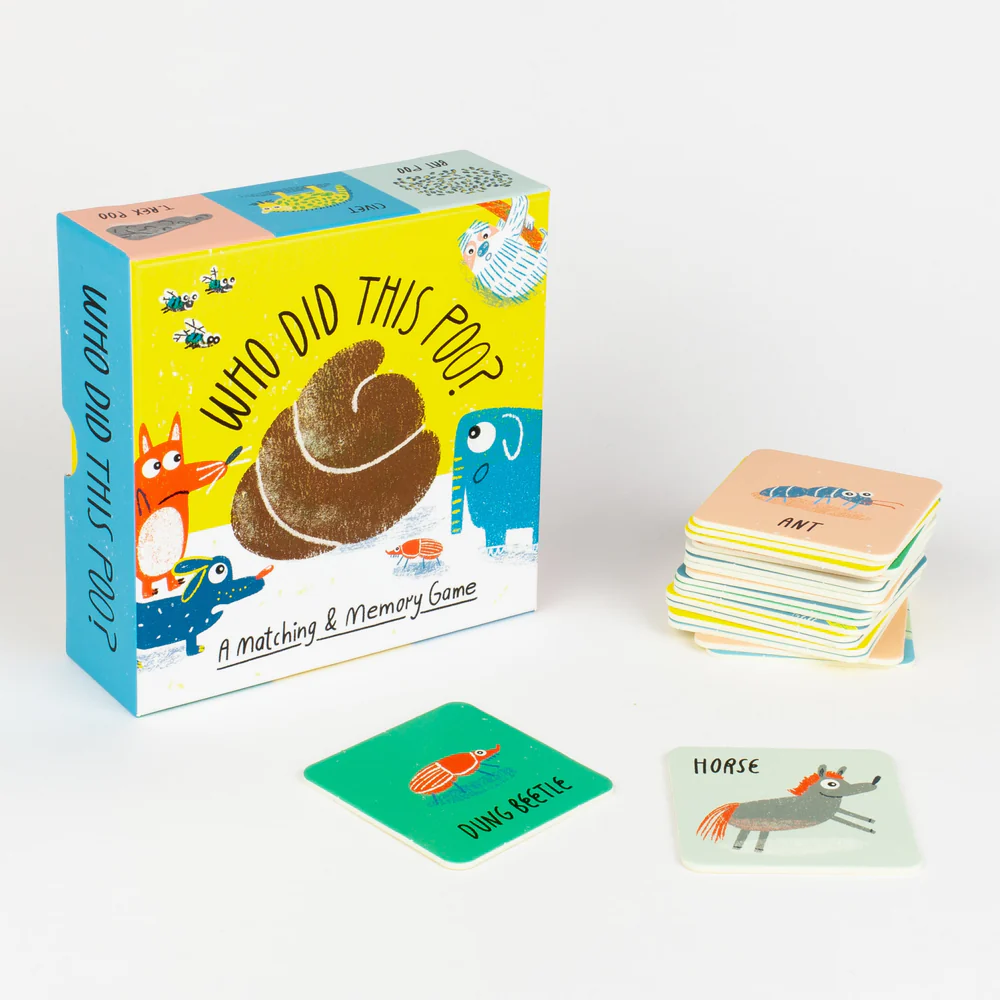






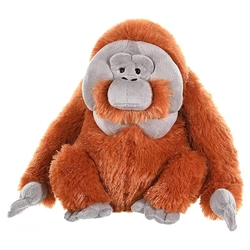




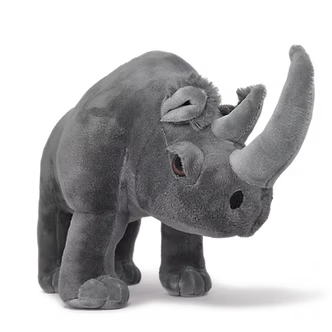



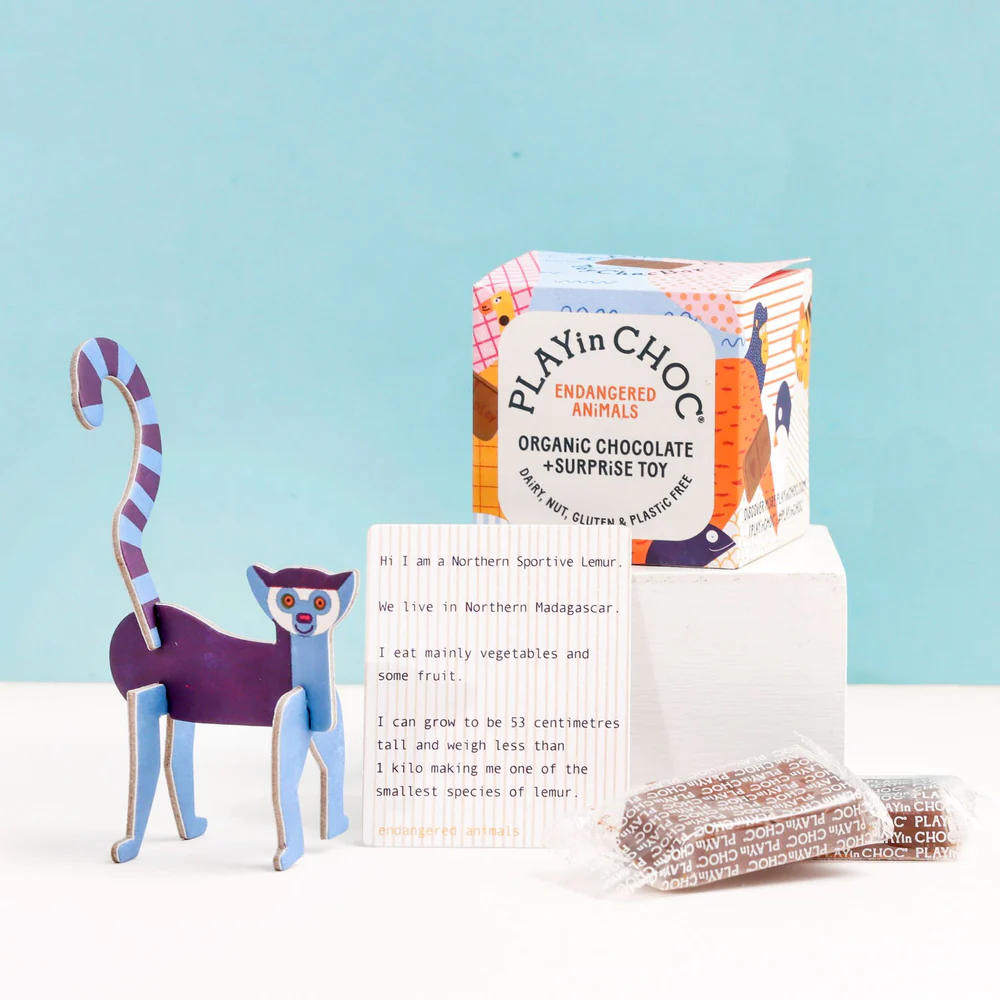
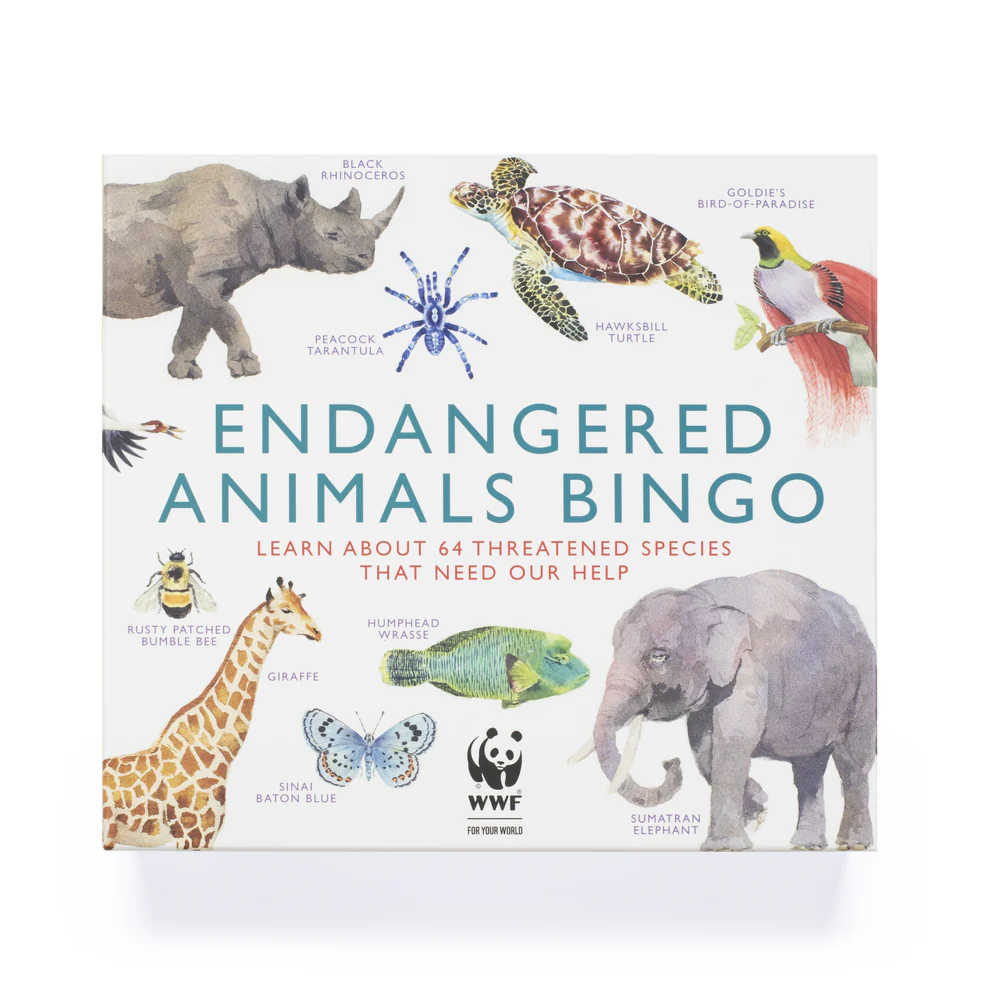




Comments